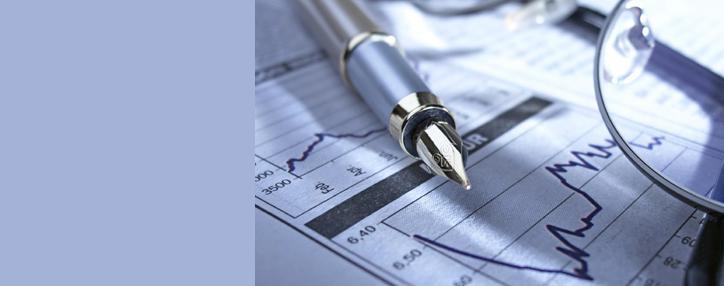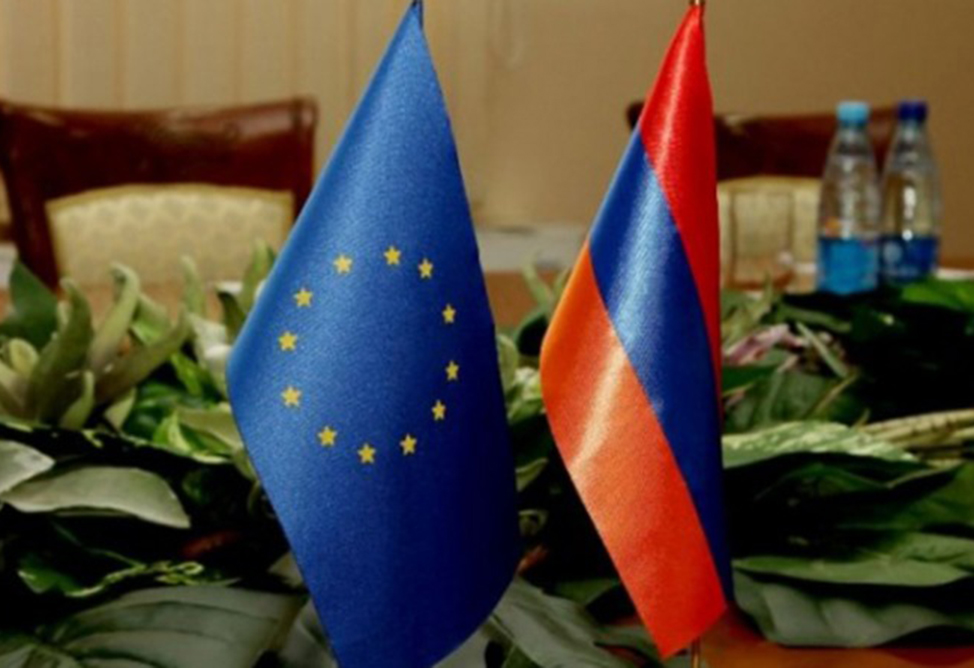Armenia ranked 45th among 78 developing countries in Inclusive Development Index – 2018
29.01.2018,
12:45
Armenia is ranked 45th among 78 developing countries in the World Economic Forum’s Inclusive Development Index – 2018.

YEREVAN, January 29. /ARKA/. Armenia is ranked 45th among 78 developing countries in the World Economic Forum’s Inclusive Development Index – 2018.
The Inclusive Development Index – 2018 measures how the 103 countries perform on eleven dimensions of economic progress in addition to GDP.
The new ranking became necessary since economists and politicians relied on GDP too heavily before at the account of living standards in countries.
This system of assessment of national indicators, as an alternative to GDP, is oriented to people’s living standards and the future protection of economies.
The World Economic Forum has ranked 29 developed and 78 developing countries on the new index.
It became necessary to divide countries into two categories because of difference in determination of poverty rate.
The ranking is topped by Norway and small European countries, and Australia is the only not European country that was included in Top Ten among all the countries in the ranking.
Armenia, found itself among developing countries between Guatemala (44th) and Honduras (46th).
In the row of post-Soviet countries, Armenia has outdone only Ukraine (49th), Kyrgyzstan (51st) and Tajikistan (54th), while other countries left Armenia far behind – Kazakhstan came 15th in the ranking, Russia 19th, Moldova 31st and Georgia 32nd.
The ranks of Armenia’s neighbors Turkey and Iran far higher as well - 16th and 27th.
Lithuania, Hungary, Azerbaijan, Latvia and Poland are Top Five among developing countries, while Lesotho, Mozambique, Morocco, Cambodia and Kenya tail the ranking.
The World Economic Forum analysts say in their report that the structural policies and institutions in these domains collectively represent the system through which modern market economies diffuse gains in living standards.
“Governments often fail to appreciate the potential of policy in these areas to increase the rate of growth and spread its benefits more widely, particularly in demand-constrained and low-productivity contexts,” they say in their report.
“Underemphasis of these policies relative to macroeconomic, trade and financial stability policies is a key reason for many governments’ failure in recent decades to mobilize a more effective response to widening inequality and stagnating median income as technological change and globalization have gathered force.”
Over the last five years, less than a half of developed economies have achieved success in reducing penury and only eight have managed to narrow the gap between the poor and the rich.
This is a more comprehensive report that is based on 12 indicators divided into there groups, which assess economic development level more correctly than GDP index alone.
The poor half of the world struggles to survive, while large businessmen build up their fortunes worth billions.
One percent of the richest people in the world enjoy 50% of the global wealth, while the poor do only with 1% or even 0.5%, excluded their net debts.
In 2017, the number of billionaires grew by 233 at once, hitting the record increase, and there are 2,043 names now in the list.
The wealth of the billionaires in Forbes rating grew by $762.5 billion. --0----
The Inclusive Development Index – 2018 measures how the 103 countries perform on eleven dimensions of economic progress in addition to GDP.
The new ranking became necessary since economists and politicians relied on GDP too heavily before at the account of living standards in countries.
This system of assessment of national indicators, as an alternative to GDP, is oriented to people’s living standards and the future protection of economies.
The World Economic Forum has ranked 29 developed and 78 developing countries on the new index.
It became necessary to divide countries into two categories because of difference in determination of poverty rate.
The ranking is topped by Norway and small European countries, and Australia is the only not European country that was included in Top Ten among all the countries in the ranking.
Armenia, found itself among developing countries between Guatemala (44th) and Honduras (46th).
In the row of post-Soviet countries, Armenia has outdone only Ukraine (49th), Kyrgyzstan (51st) and Tajikistan (54th), while other countries left Armenia far behind – Kazakhstan came 15th in the ranking, Russia 19th, Moldova 31st and Georgia 32nd.
The ranks of Armenia’s neighbors Turkey and Iran far higher as well - 16th and 27th.
Lithuania, Hungary, Azerbaijan, Latvia and Poland are Top Five among developing countries, while Lesotho, Mozambique, Morocco, Cambodia and Kenya tail the ranking.
The World Economic Forum analysts say in their report that the structural policies and institutions in these domains collectively represent the system through which modern market economies diffuse gains in living standards.
“Governments often fail to appreciate the potential of policy in these areas to increase the rate of growth and spread its benefits more widely, particularly in demand-constrained and low-productivity contexts,” they say in their report.
“Underemphasis of these policies relative to macroeconomic, trade and financial stability policies is a key reason for many governments’ failure in recent decades to mobilize a more effective response to widening inequality and stagnating median income as technological change and globalization have gathered force.”
Over the last five years, less than a half of developed economies have achieved success in reducing penury and only eight have managed to narrow the gap between the poor and the rich.
This is a more comprehensive report that is based on 12 indicators divided into there groups, which assess economic development level more correctly than GDP index alone.
The poor half of the world struggles to survive, while large businessmen build up their fortunes worth billions.
One percent of the richest people in the world enjoy 50% of the global wealth, while the poor do only with 1% or even 0.5%, excluded their net debts.
In 2017, the number of billionaires grew by 233 at once, hitting the record increase, and there are 2,043 names now in the list.
The wealth of the billionaires in Forbes rating grew by $762.5 billion. --0----



